The Genome Editing and Mouse Models (GEMM) facility is a core service dedicated to generating novel genetically engineered mice.
We specialise in providing comprehensive genome editing services and developing precise mouse models to advance cancer research.
GEMM offers an all-inclusive service from conceptualisation through model generation and validation.
Our services cover every step, from targeting design to confirmation of germline transmission.
This includes:
- Generation of genetically modified mice via CRISPR-Cas technology, random transgenesis and embryonic stem cell targeting
- Identification of correct genome edited alleles (Sanger sequencing and long reads sequencing)
- Cryopreservation of mouse embryos and gametes
- Import and export of mouse models from and to collaborators outside CRUK MI and repositories
- Assisted reproductive technologies (e.g. in-vitro fertilization and rederivation)
- Colony management and complex genotyping design
Featured Publications
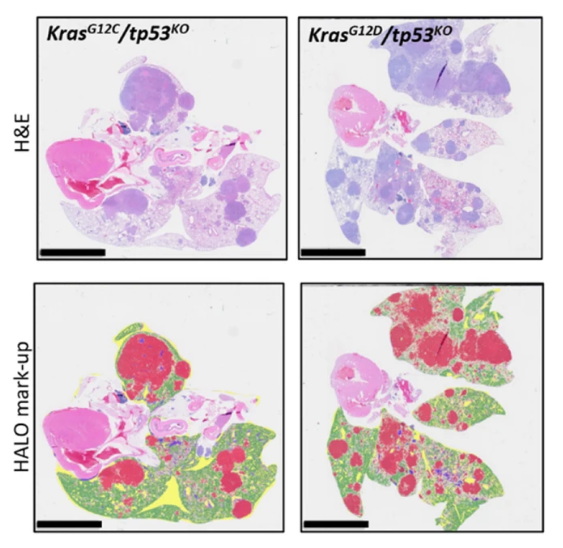
The PI3K-AKT-mTOR axis persists as a therapeutic dependency in KRASG12D-driven non-small cell lung cancer
12th November 2024
The Genome Editing and Mouse Models facility generated the conditional KRASG12C mice in this publication. Authors show that KRASG12D is more potent than KRASG12C in driving NSCLC initiation in vivo.
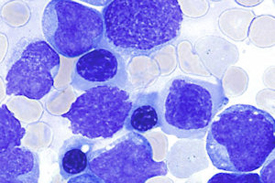
The small inhibitor WM-1119 effectively targets KAT6A-rearranged AML, but not KMT2A-rearranged AML, despite shared KAT6 genetic dependency
8th October 2024
The epigenetic factors KAT6A and KMT2A interact in normal hematopoiesis to regulate progenitors’ self-renewal. Authors evaluated the potential of different KAT6A therapeutic targeting strategies to alter the growth of KAT6A and KMT2A rearranged AMLs.
Online Resources – contributions from the GEMM team
Members of the GEMM team regularly participate in panels and discussions related to colony management and other areas of animal research. They have contributed their expertise and insights to several resources for the wider animal research community:
- Sharing & archiving of genetically altered mice: Opportunities for reduction and refinement
- – Produced by The National Centre for the Replacement, Refinement and Reduction of Animals in Research (NC3Rs) Breeding and colony management working group

Find all the GEMM team publications
https://doi.org/10.1038/s41420-025-02582-x
Mutant p53 induces SH3BGRL expression to promote cell engulfment
1 July 2025
Institute Authors (5)
Garry Ashton, John Weightman, Wolfgang Breitwieser, Sudhakar Sahoo, Antonia Banyard
Labs & Facilities
Computational Biology Support, Flow Cytometry, Molecular Biology
1 July 2025
https://doi.org/10.1016/j.celrep.2025.115603
Functional characterisation of the ATOH1 molecular subtype indicates a pro-metastatic role in small cell lung cancer
27 May 2025
Institute Authors (2)
Caroline Dive, Kathryn Simpson
Research Group
Small Cell Lung Cancer Biology
27 May 2025
https://doi.org/10.1016/j.ccell.2025.04.001
Stromal lipid species dictate melanoma metastasis and tropism
24 April 2025
Institute Authors (5)
Amaya Viros, Duncan Smith, Garry Ashton, Alex Baker, Tim Somervaille
Labs & Facilities
Biological Mass Spectrometry, Histology, Visualisation, Irradiation and Analysis
Research Group
Skin Cancer & Ageing
24 April 2025
https://doi.org/10.1038/s41467-025-58343-y
A human model to deconvolve genotype-phenotype causations in lung squamous cell carcinoma
4 April 2025
Institute Authors (4)
Carlos Lopez-Garcia, Robert Sellers, Sudhakar Sahoo, Caroline Dive
Labs & Facilities
Computational Biology Support
Research Group
Translational Lung Cancer Biology
4 April 2025
https://doi.org/10.1186/s12943-024-02157-x
The PI3K-AKT-mTOR axis persists as a therapeutic dependency in KRASG12D-driven non-small cell lung cancer
12 November 2024
Institute Authors (1)
Amaya Viros
Labs & Facilities
Genome Editing and Mouse Models
Research Group
Skin Cancer & Ageing
12 November 2024
https://doi.org/10.1186/s13045-024-01610-0
The small inhibitor WM-1119 effectively targets KAT6A-rearranged AML, but not KMT2A-rearranged AML, despite shared KAT6 genetic dependency
8 October 2024
Institute Authors (6)
Georges Lacaud, Mathew Sheridan, Michael Lie-a-ling, Liam Clayfield, Jessica Whittle, Jingru Xu
Research Group
Stem Cell Biology
8 October 2024
Get in touch
Our vision for world leading cancer research in the heart of Manchester
We are a leading cancer research institute within The University of Manchester, spanning the whole spectrum of cancer research – from investigating the molecular and cellular basis of cancer, to translational research and the development of therapeutics.
Our collaborations
Bringing together internationally renowned scientists and clinicians
Scientific Advisory Board
Supported by an international Scientific Advisory Board
Careers that have a lasting impact on cancer research and patient care
We are always on the lookout for talented and motivated people to join us. Whether your background is in biological or chemical sciences, mathematics or finance, computer science or logistics, use the links below to see roles across the Institute in our core facilities, operations teams, research groups, and studentships within our exceptional graduate programme.
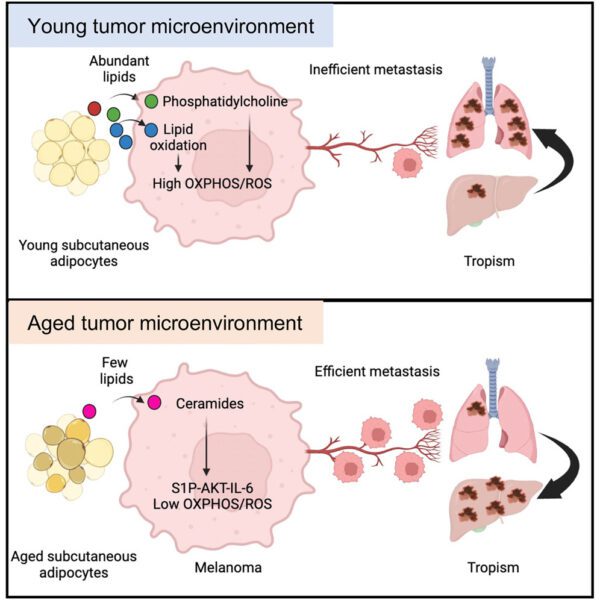

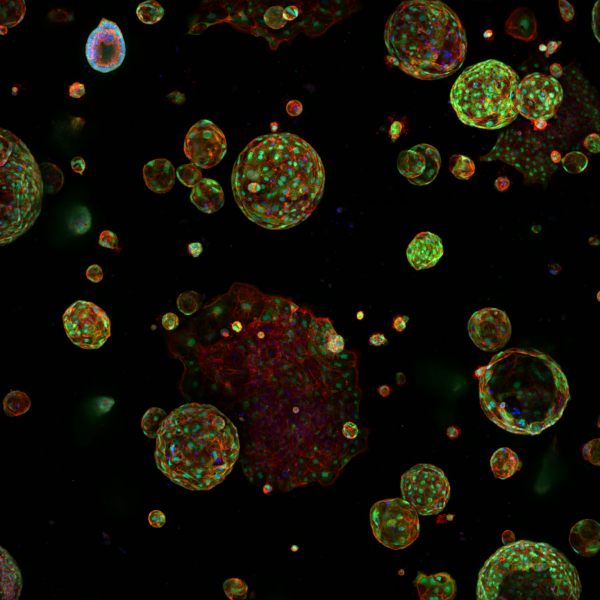
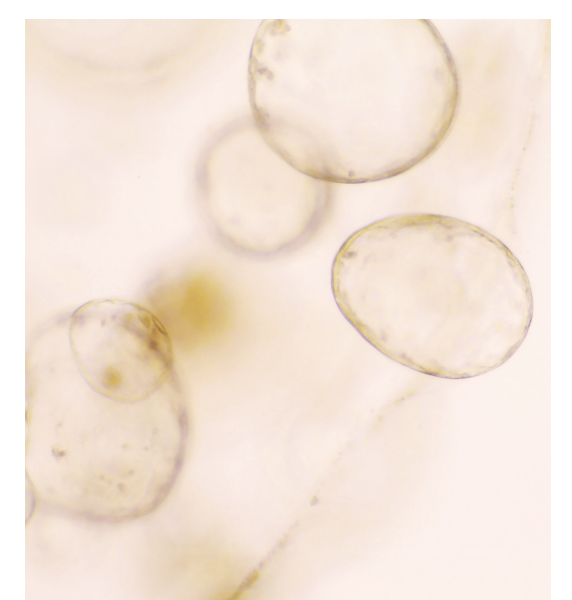
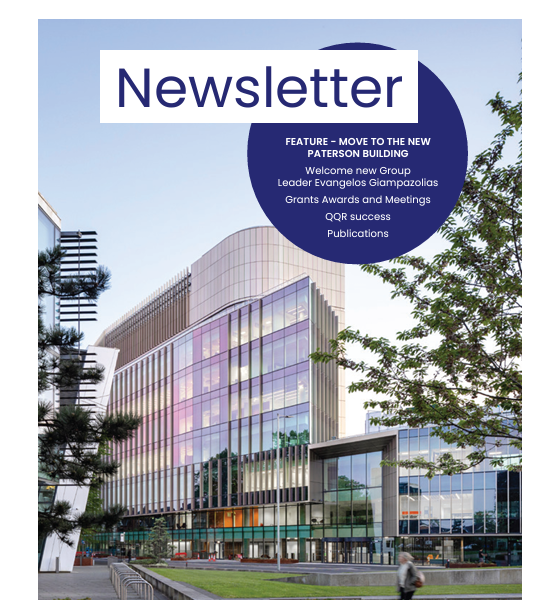
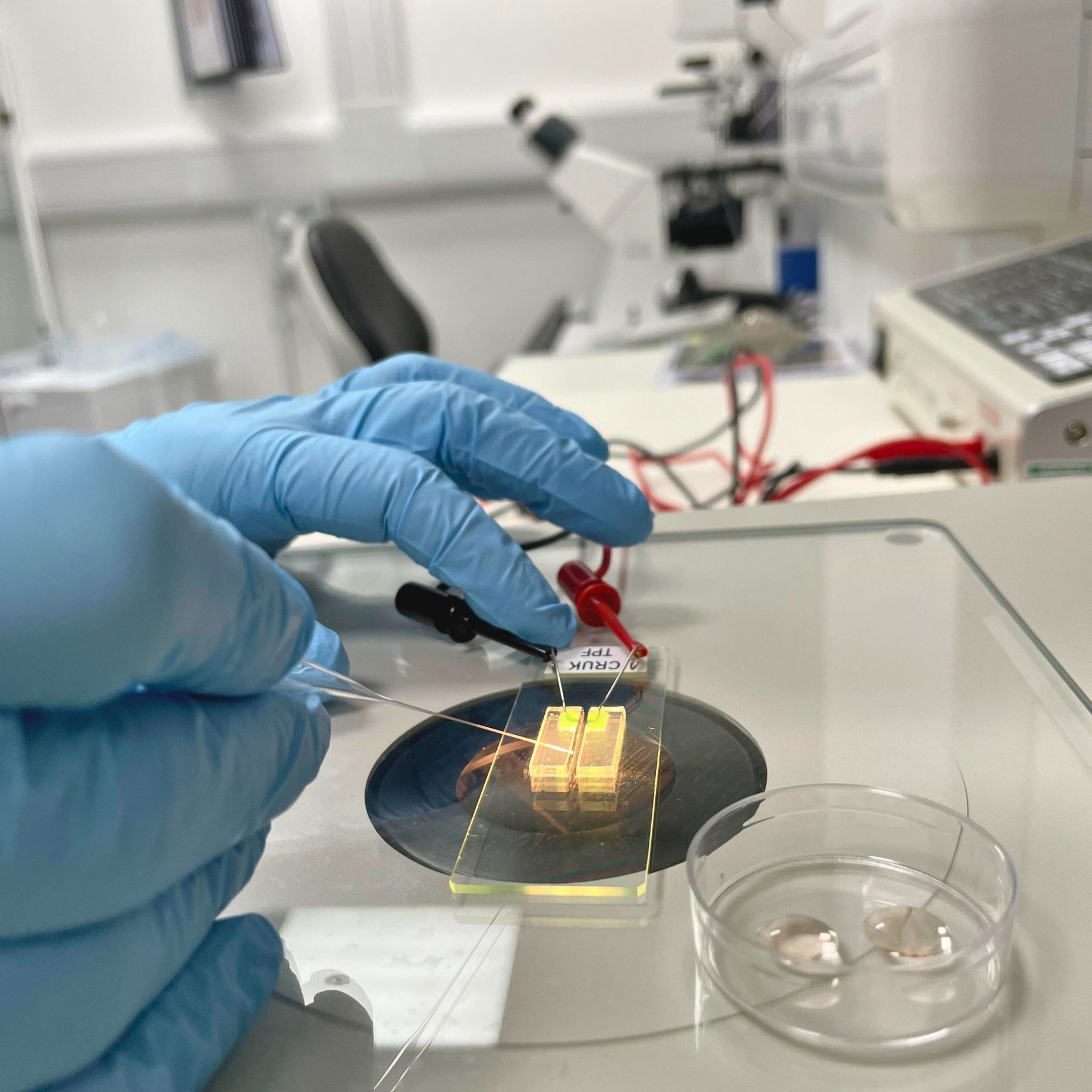
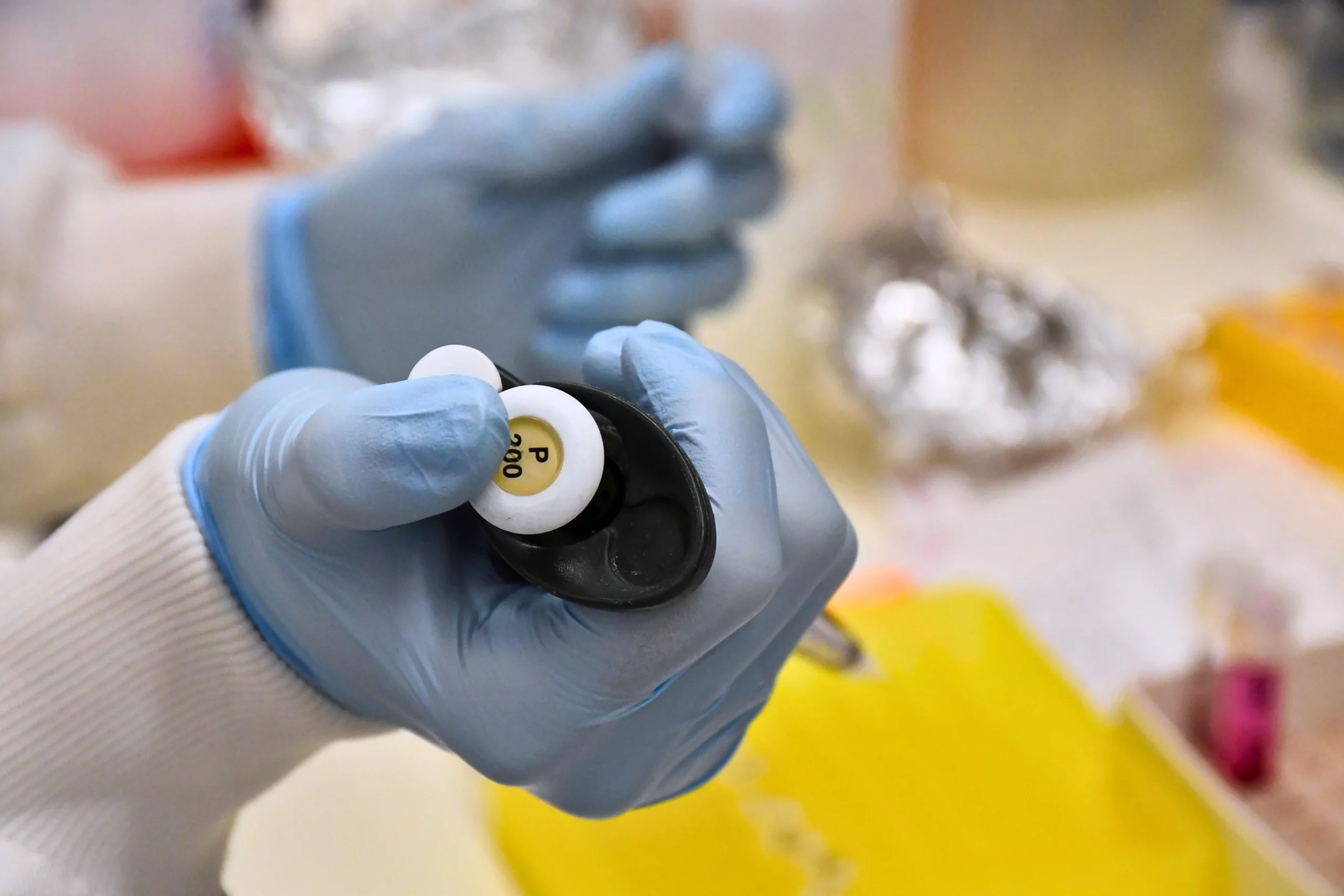

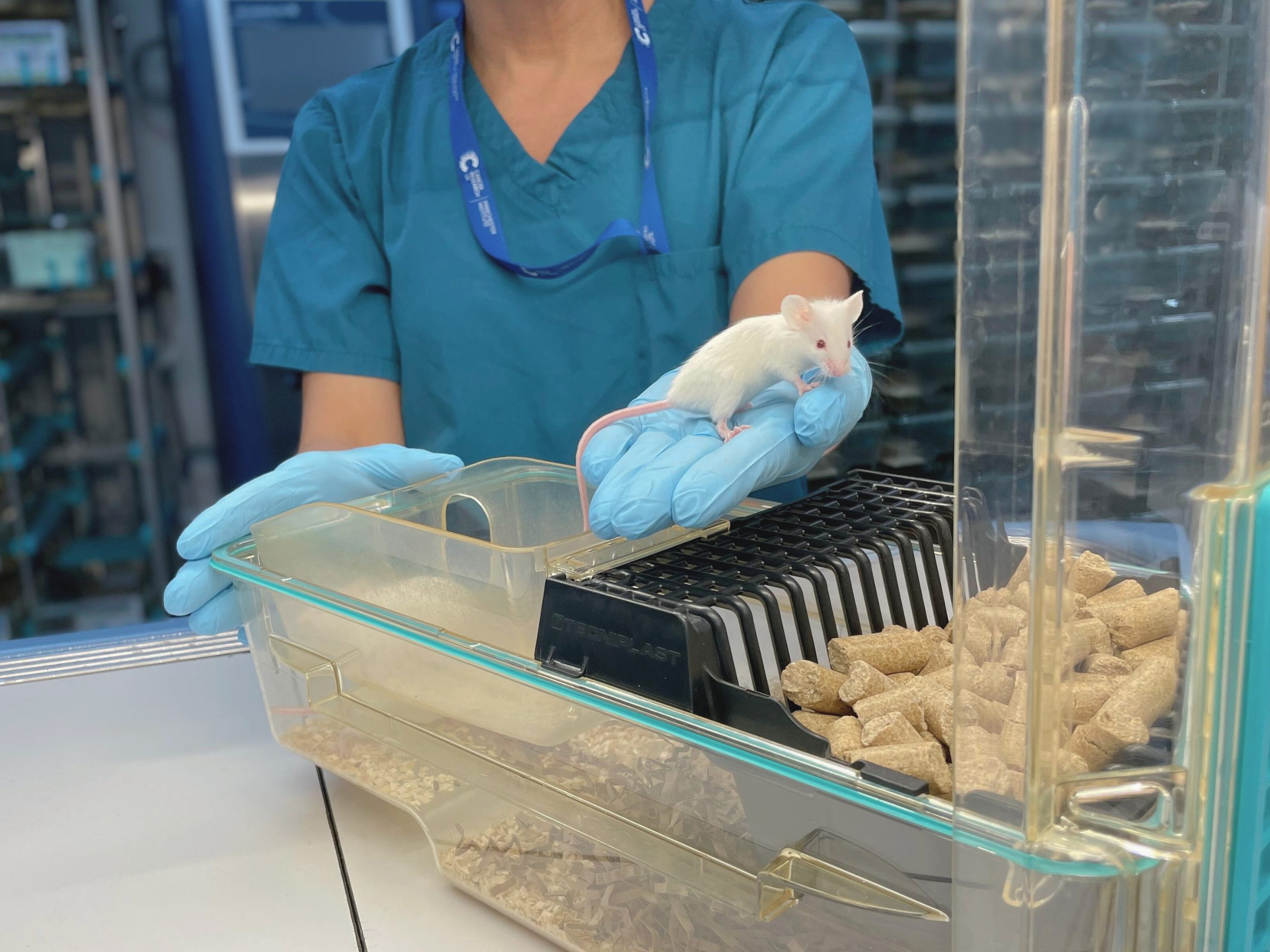
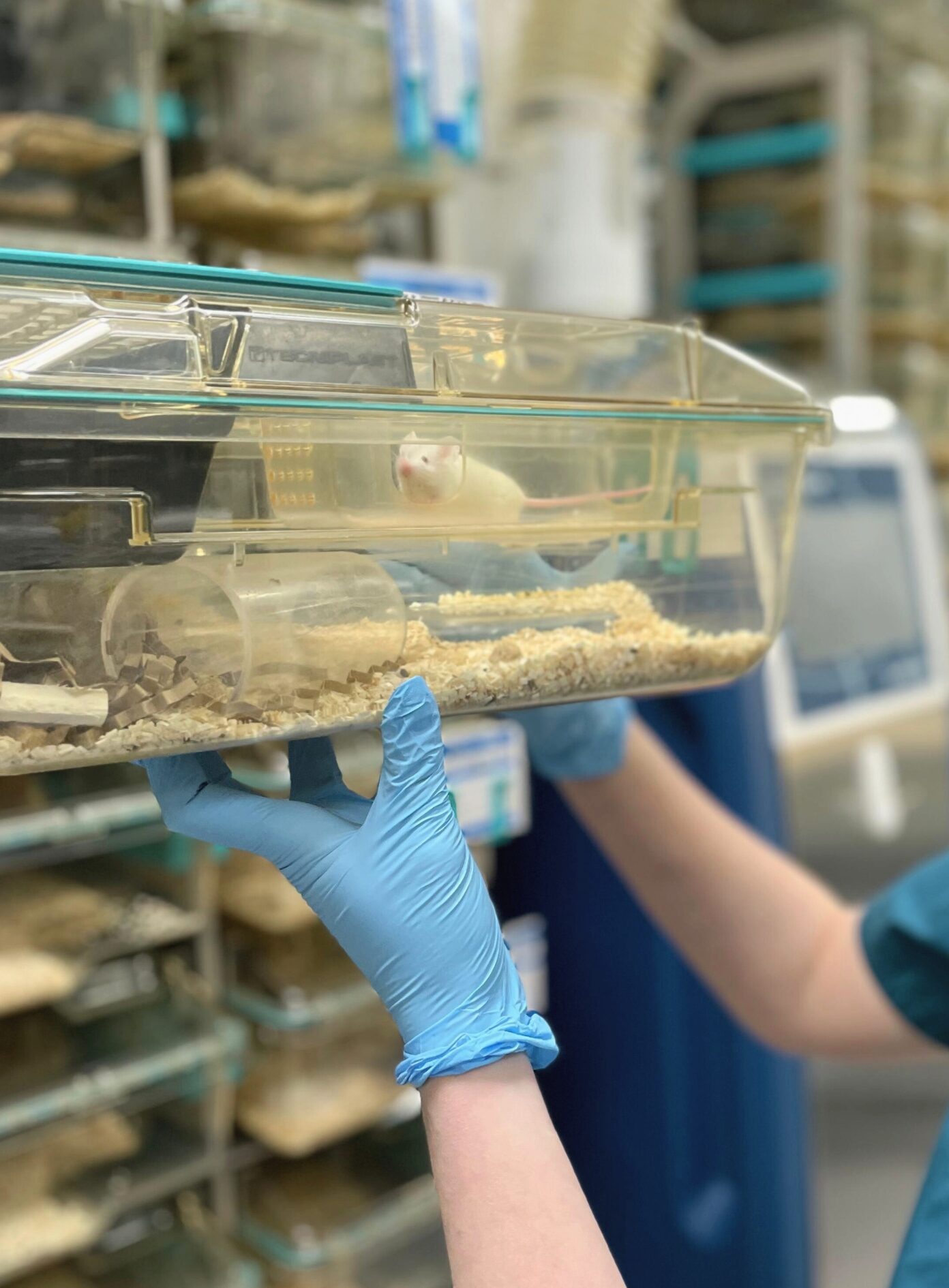
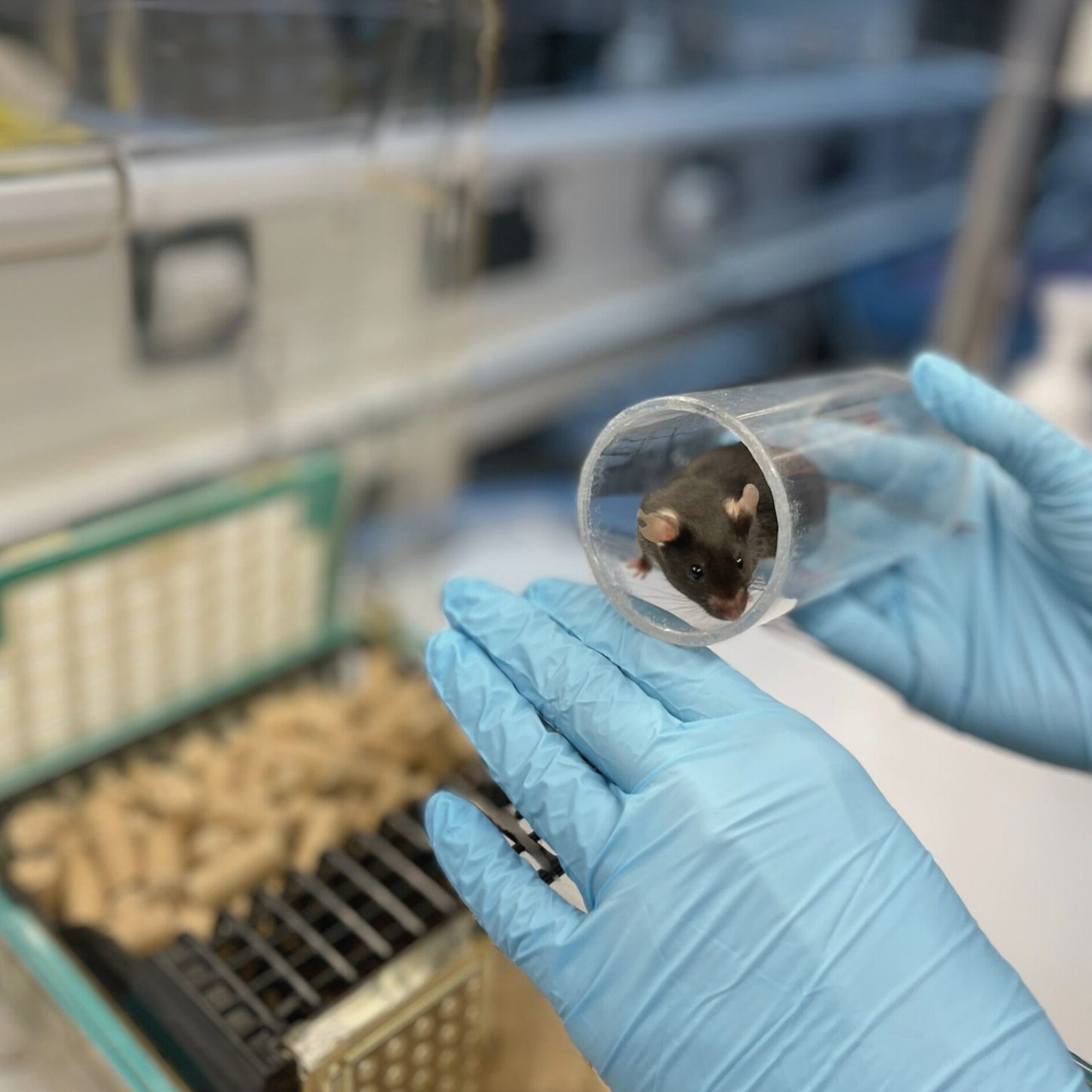
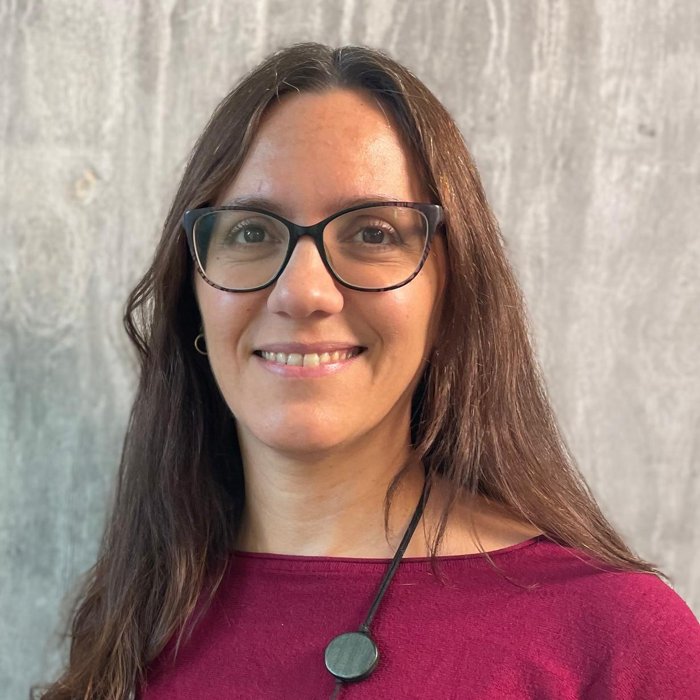
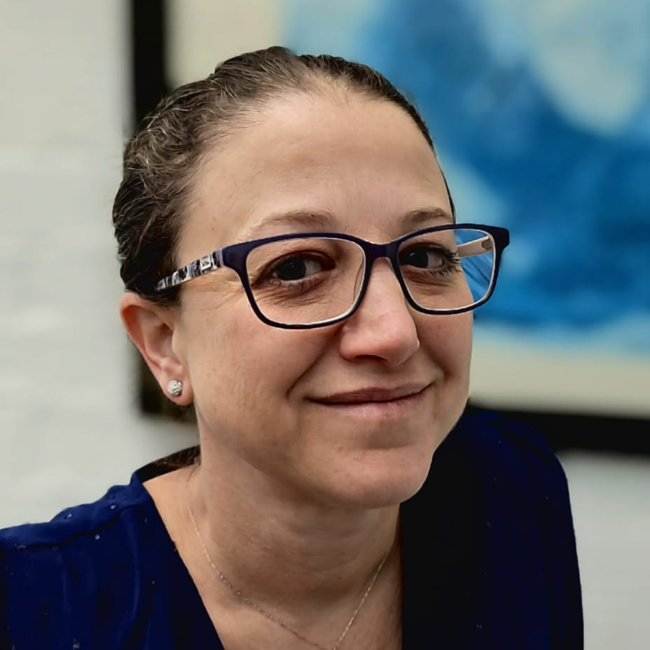

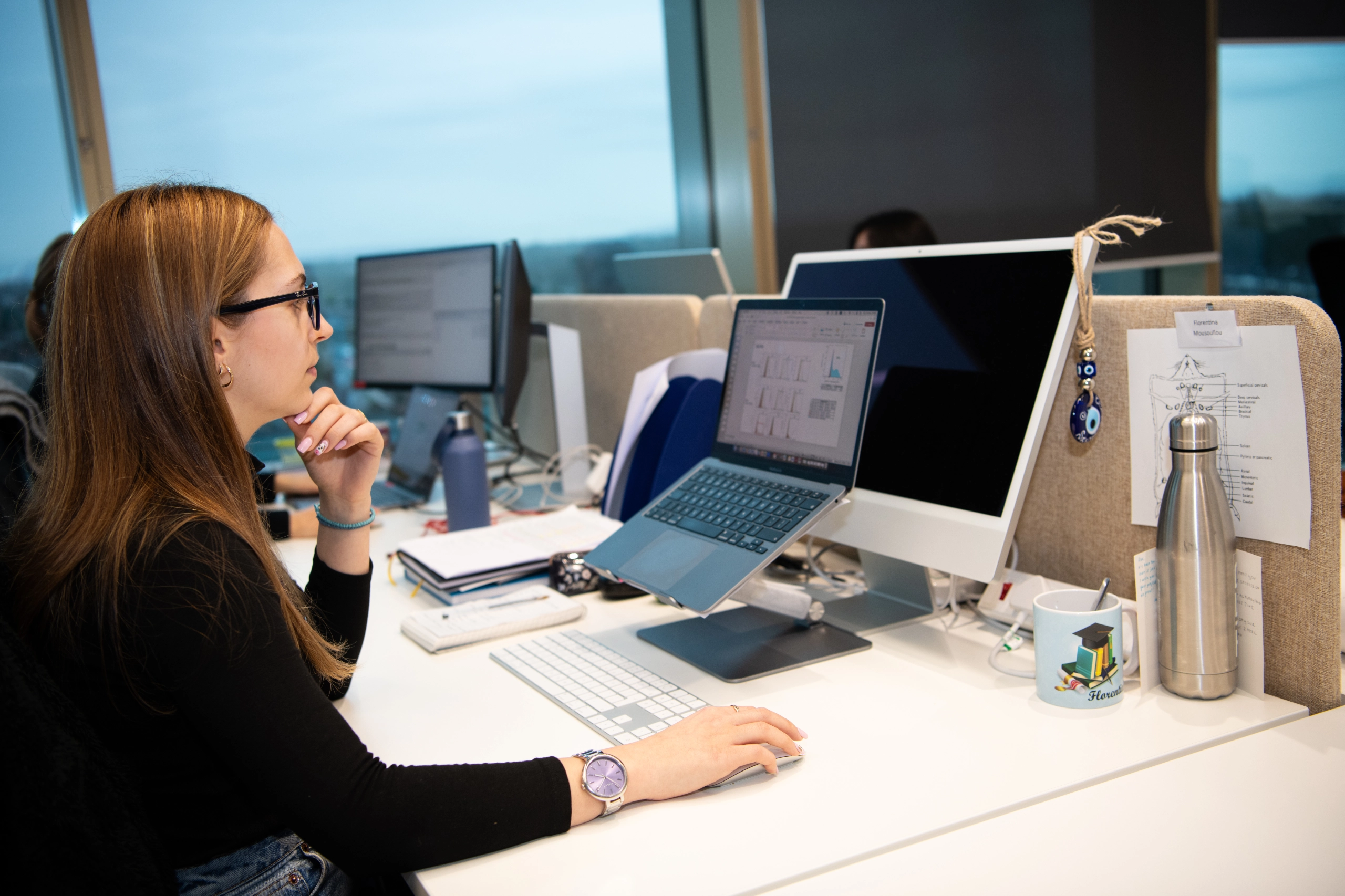
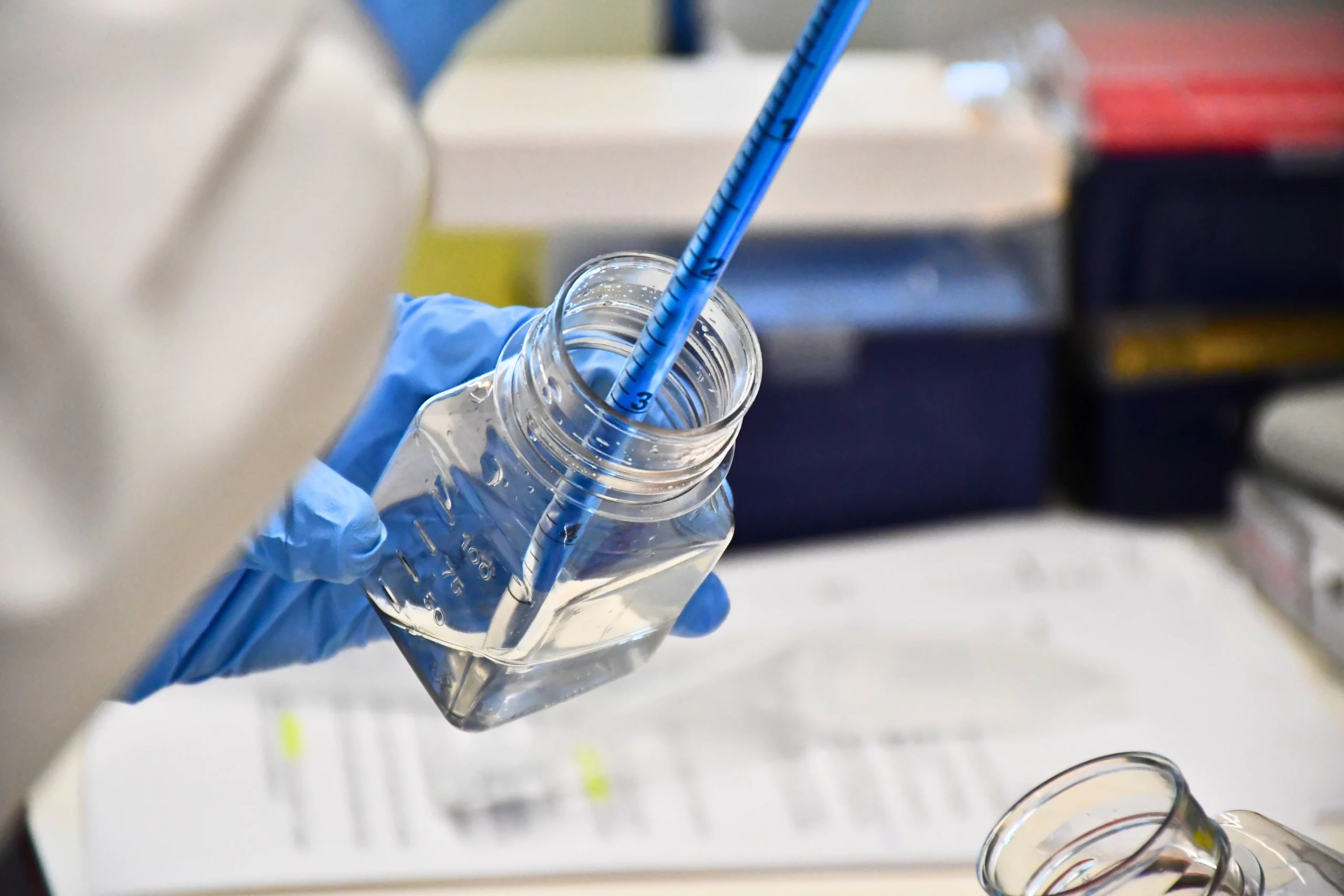
A note from the Team Leader – Natalia Moncaut
GEMM offers an all-inclusive service from conceptualisation through model generation and validation. Our services cover every step, from targeting design to confirmation of germline transmission